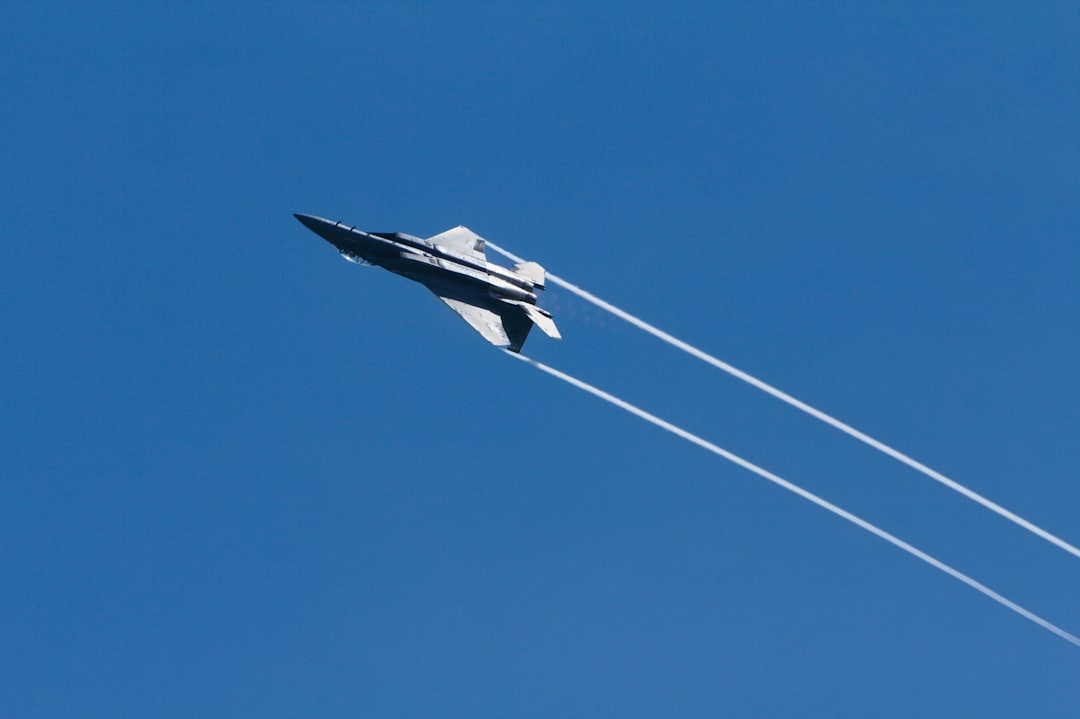What is it about?
In a recent paper of ours (https://goo.gl/zXypV2), we have introduced a new eduction method for the visualization of near-wall structures based on the one-point structure tensors. This work led us to identifying new structures in the extreme vicinity of the wall, the "vorticity crawlers". In the present paper, we use conditional averaging to help discern the separate contributions of active and inactive structures (vorticity crawlers) to the turbulence statistics of near-wall turbulence in fully-developed pipe flow.
Featured Image
Why is it important?
It is quite interesting to be able to see how turbulence statistics (including pressure correlations) are arising due to the combined effects of the various types of near-wall turbulence structures. We expect this to have an impact on turbulence modeling for near wall flows, especially on structure-based models and their variants.
Perspectives
We have not exhausted our ideas in this direction. We are currently working on a couple of extensions to this work that we hope to be able to report to the community in the near future.
Professor Stavros Kassinos
University of Cyprus
Read the Original
This page is a summary of:
The contribution of active and inactive structures to the statistics of a turbulent pipe flow, International Journal of Heat and Fluid Flow, August 2017, Elsevier,
DOI: 10.1016/j.ijheatfluidflow.2017.07.010.
You can read the full text:
Contributors
The following have contributed to this page










